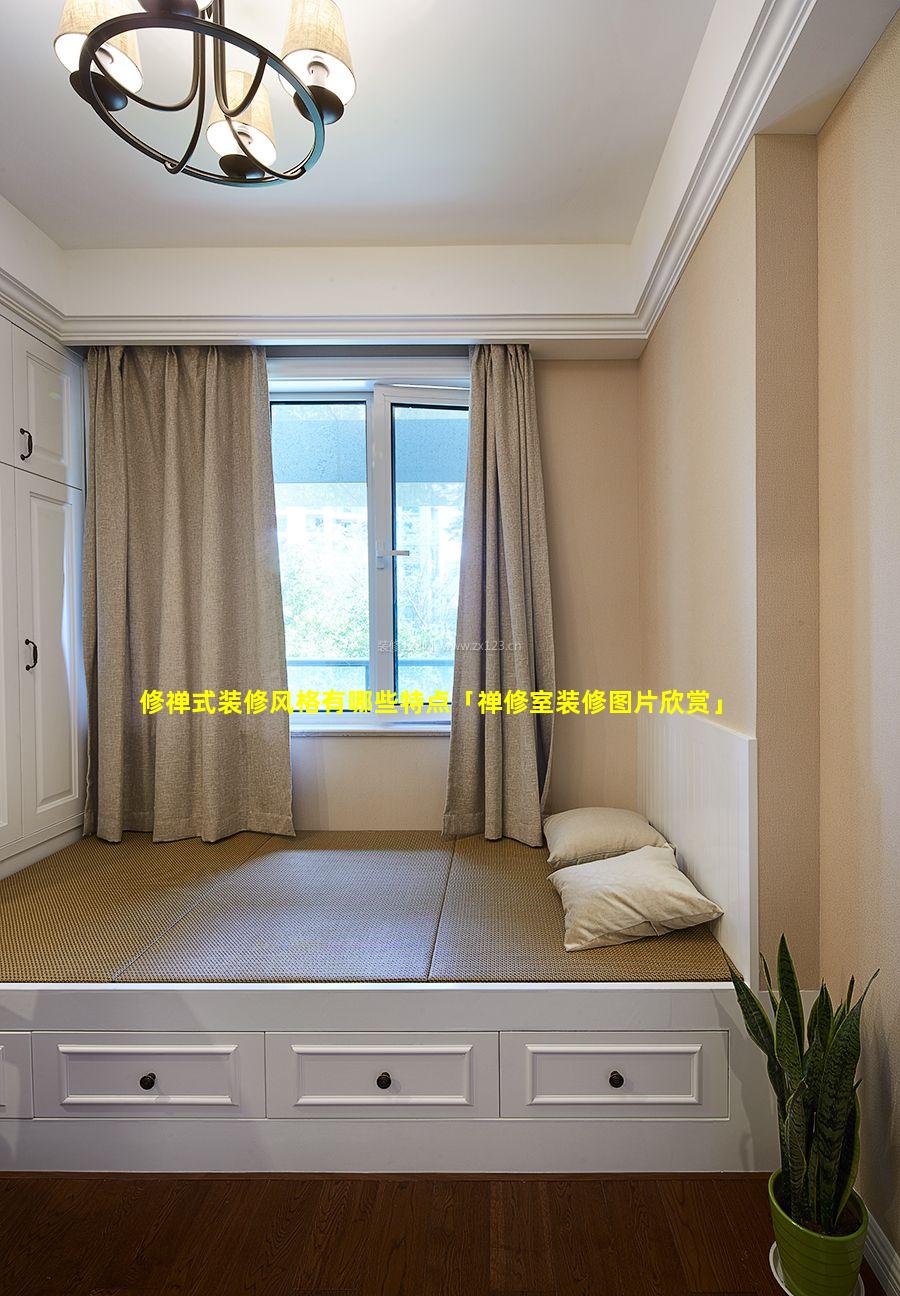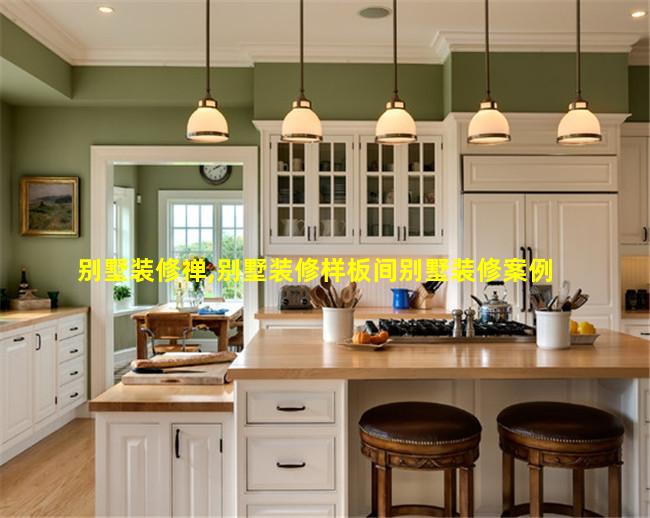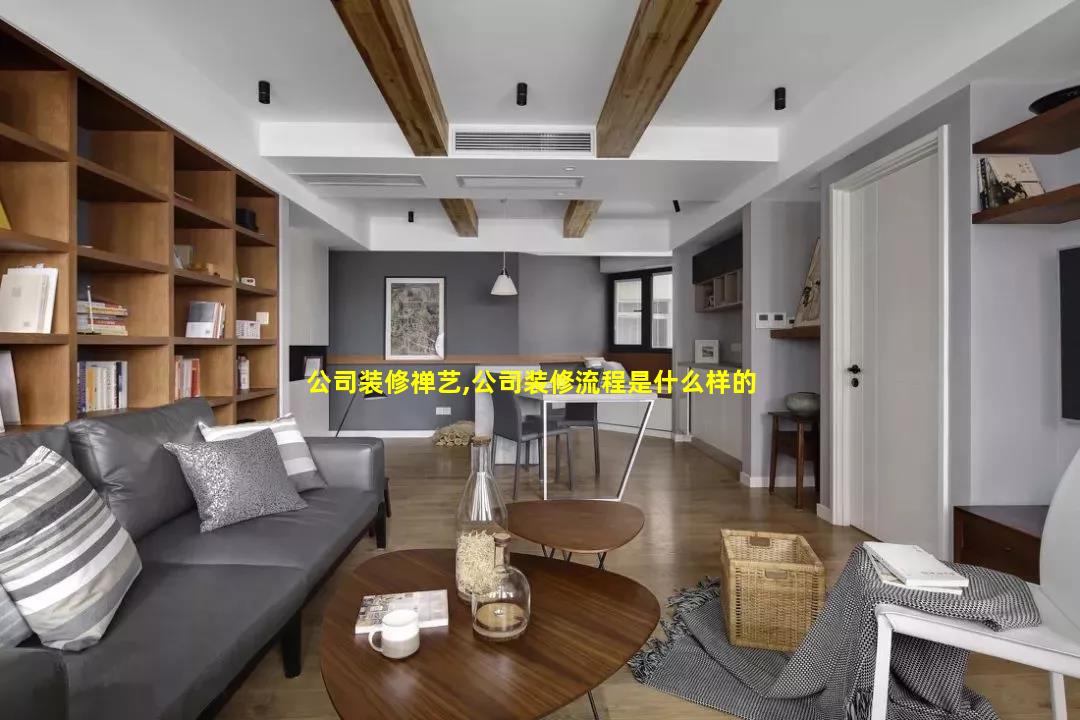1、修禅式装修风格有哪些特点
修禅式装修风格的特点:
1. 简约禅意:
崇尚极简主义,强调空间的开阔和空灵感。
运用简洁的线条和几何形状,营造宁静淡雅的氛围。
2. 自然元素:
融入竹、木、石、水等自然元素,营造与自然相和谐的氛围。
运用自然光线,提升空间亮度和通透感。
3. 淡雅色系:
以白色、灰色、米色、木色等素净色调为主,营造宁静平和的视觉效果。
避免使用鲜艳或繁杂的色彩,以保持空间的纯净感。
4. 禅意摆件:
摆放禅宗元素的摆件,如佛像、经文、挂画等,营造禅修氛围。
运用水景、香炉、植物等元素,增添空间的禅意和宁静感。
5. 空间留白:
注重空间的留白,营造通透空灵的感觉。
避免过多的家具和装饰,给空间留出喘息的余地。
6. 精致细节:
关注细节的处理,如灯具、门窗、家具的造型。
融入传统工艺元素,如和纸屏风、木雕装饰等,提升空间的文化底蕴。
7. 功能实用:
兼顾空间的美观性和实用性,满足日常生活所需。
强调收纳功能,营造整洁有序的居住环境。
2、禅修室装修图片欣赏
朴素禅意![]()
柔和的中性色调
天然材料,如木材和石头
简约的家具,线条流畅
现代简约![]()
几何形状和干净的线条
中性色调或单色调
极简主义家具,功能性强
传统日式![]()
榻榻米地板
质朴的木制家具
纸质隔断和屏风
禅宗花园灵感
![]()
自然元素,如石头、沙子和植物
抽象的图案和纹理
宁静的氛围
工业风![]()
裸露的砖墙或混凝土墙
金属家具和配件
柔和的灯光和深色调
自然主义![]()
大面积窗户,连接室内外
自然材料,如木材、石头和竹子
生物拟态家具,模仿自然形态
波西米亚风![]()
鲜艳的色彩和图案
异国风情家具和配件
舒适的氛围,充满了织物和靠垫

3、禅修装修风格图片
Natural materials: Natural materials, such as wood, stone, and bamboo, are often used in Zenstyle spaces to create a sense of connection to the outdoors and to promote a sense of calm.
Simple lines: Zenstyle spaces often feature simple, clean lines to create a sense of order and clarity. Avoid having too many objects in the space and instead let each object have its own space to shine.
Neutral colors: Neutral colors, such as white, beige, and gray, are often used in Zenstyle spaces to create a sense of calm and serenity. These colors are often combined with natural materials such as wood and stone to create a warm and inviting space.
Minimalism: Zenstyle spaces are often minimalist, with a focus on simplicity and functionality. Avoid having too much clutter in the space and instead focus on having only the items that you need.
Open spaces: Zenstyle spaces often feature open spaces to create a sense of freedom and spaciousness. Avoid having too many walls or partitions in the space and instead let the rooms flow into one another.
Intimate spaces: Zenstyle spaces often include intimate spaces, such as a reading nook or a meditation area, to create a sense of privacy and relaxation. These spaces are often designed to be quiet and peaceful, and they can be used for meditation, relaxation, or simply to get away from the hustle and bustle of everyday life.
4、修禅的方法和步骤
修禅的方法和步骤
1. 择师拜师
寻求一位有德行的禅师作为指导者。
2. 发菩提心
立下誓愿,以慈悲济世为目标。
3. 持戒律
遵守禅宗戒律,包括五戒(不杀生、不偷盗、不邪淫、不妄语、不饮酒)和十善(不杀、不盗、不邪淫、不妄语、不两舌、不恶口、不绮语、不贪、不嗔、不痴)。
4. 修禅定
坐禅: 端坐于蒲团上,收摄身心,专注于呼吸或观想。
行禅:在特定区域中,有意识地缓慢行走,关注于脚下的动作。
立禅: 站立不动,保持身心的放松和专注。
5. 参话头
思考禅宗公案(无解的谜题),探究内在的智慧。
常见的话头包括“父母未生我前,我是谁?”、“狗子有无佛性?”
6. 开悟明心
通过修禅定和参话头,突破执着和迷障,获得对本性的领悟。
开悟是禅修的最终目标。
7. 修行证果
在开悟的基础上,继续修持,增长智慧和慈悲。
根据禅宗传统,修行者可证得不同的果位,如初果、二果、三果、四果、阿罗汉等。
注意事项:修禅是一条漫长而艰苦的道路,需要耐心、恒心和毅力。
禅修必须在有经验的禅师指导下进行,避免误入歧途。
禅修不是消极的逃避,而是主动的内心探索和提升。
禅修的最终目标不是追求超凡能力,而是实现内心的觉醒和解脱。


